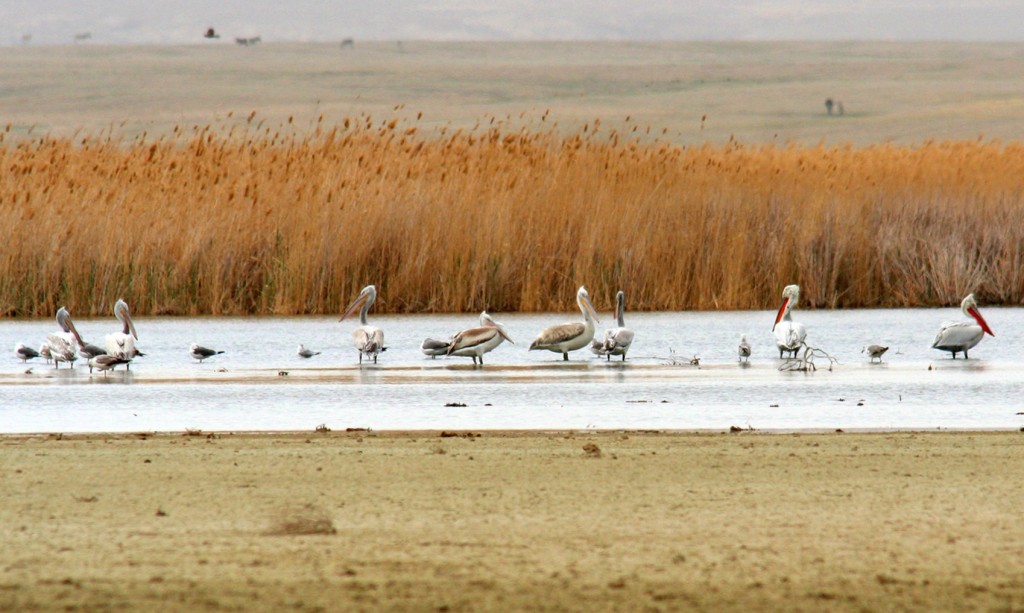Over three decades, the Conservation Leadership Programme (CLP) has contributed to some of the valuable work conducted to conserve wetlands. Cause for celebration on World Wetlands Day!
The list is of success stories is long, so we’ll confine ourselves to just a few of the award-winning wetlands-related projects.
The Siberian crane and spoon-billed sandpiper are two of the rarest wetland birds on the planet. Coincidentally, both these Critically Endangered species are recent beneficiaries of CLP-funded conservation initiatives in China.
The spoon-billed sandpiper, one of the world’s most threatened migratory shorebirds, relies heavily on coastal intertidal wetland habitat outside the breeding season. It also gathers annually in significant numbers on the south Jiangsu coast, a migratory stopover on its long journey south.
China’s Momoge wetland is the most important stopover site in the world for the aquatic Siberian crane, but the wildlife and local communities alike are desperately in need of a sustainable water management plan, which the CLP-funded team is helping to put in place.
While perfecting the identification techniques that enabled her to pick out a pochard – the rapidly declining Baer’s pochard, to be precise – among the large rafts of migratory waterbirds in central Myanmar, one of our 2014 CLP interns made a valuable contribution to the conservation of this Critically Endangered diving duck.
Smooth-coated and Asian small-clawed otters in southern India, both classified as Vulnerable on the IUCN Red List, also share the dubious distinction of being understudied in the states of Goa and Tamil Nadu. They play a crucial ecological role, but have been severely affected by habitat loss, agricultural and industrial pollution, and even dynamite fishing.
CLP’s award-winning teams are working to address these issues through their respective projects, with an emphasis on encouraging greater community participation in otter conservation.
We hope that whets your appetite and encourages you to delve deeper into the myriad wetlands-related projects that are described in detail elsewhere on the CLP website.






